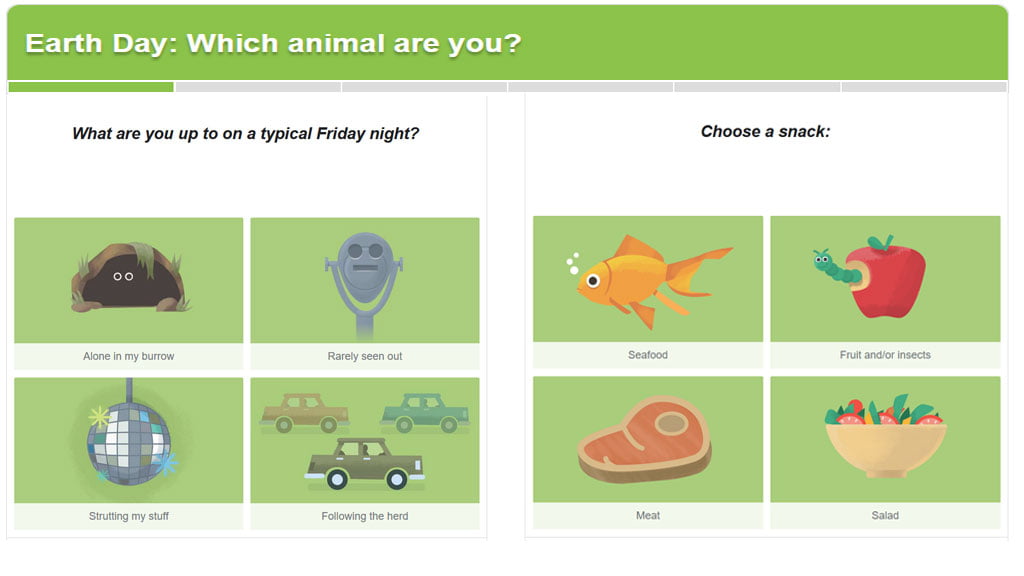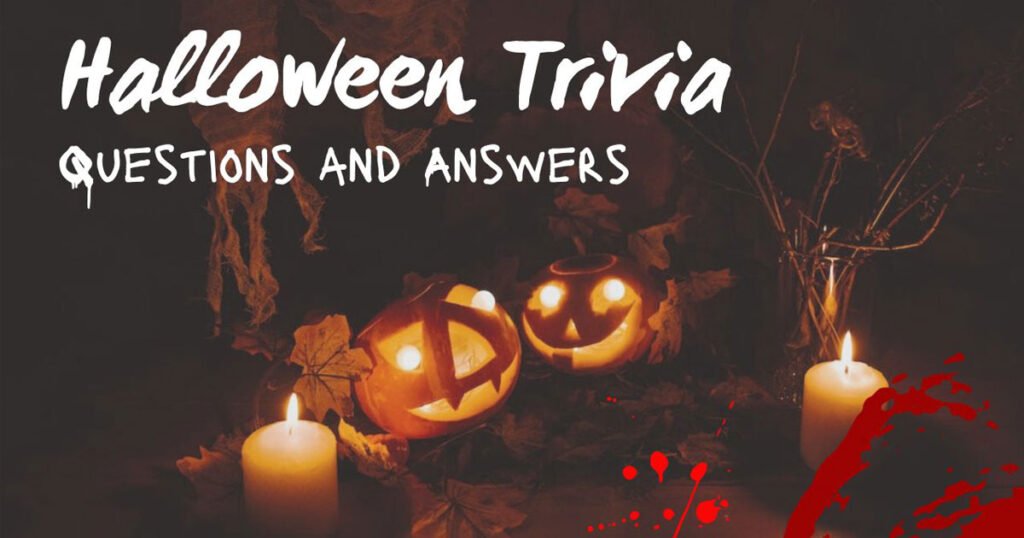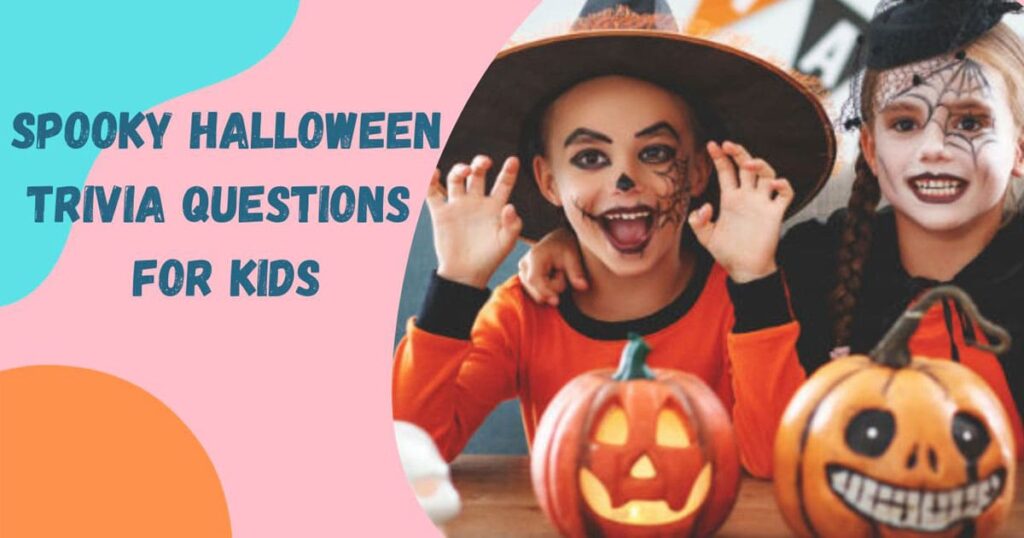May Day, observed on May 1st, is a significant international holiday with roots in ancient traditions and modern labor movements. Originally a festival marking the return of spring, it has evolved to honor workers and their contributions to society. In many countries, May Day is synonymous with International Workers’ Day, emphasizing labor rights and social justice.
Celebrations often include parades, demonstrations, and various cultural events. The day’s dual significance as both a spring celebration and a workers’ holiday provides a unique blend of festivity and advocacy, making it a meaningful occasion for people around the globe. Understanding its history enhances appreciation for this multifaceted holiday.
Origin Of May Day
Are you curious about May Day? It’s a fun and exciting holiday with a rich history. Discover interesting trivia questions and answers about the origin of May Day. Let’s dive into its historical roots and global importance!
Historical Background
May Day has a long and fascinating history. It dates back to ancient times. People celebrated the return of spring. Farmers rejoiced as crops began to grow.
Here are some key points about the origin of May Day:
- Pagan Festival: It began as a pagan festival. People honored the fertility of the land.
- Roman Influence: The Romans celebrated Floralia. This festival honored Flora, the goddess of flowers.
- Medieval Traditions: In medieval Europe, it became a day for dancing around the Maypole. Young people gathered flowers and made garlands.
- Labor Movement: In the late 19th century, it became a day for labor rights. Workers demanded better conditions and an eight-hour workday.
May Day has evolved over centuries. It started as a celebration of nature and transformed into a symbol of workers’ rights.
Global Significance
May Day is celebrated in many countries. Each nation has its own unique traditions. Some celebrate the arrival of spring, while others focus on labor rights.
Here are some examples of how May Day is observed around the world:
| Country | Tradition |
|---|---|
| United Kingdom | Dancing around the Maypole, crowning a May Queen |
| Germany | Celebrating with bonfires and drinking Maibock beer |
| United States | Labor Day celebrations, parades, and demonstrations |
| Finland | Students wear white caps, celebrate with picnics and parties |
May Day is more than just a holiday. It brings people together. Whether celebrating nature or fighting for workers’ rights, May Day has a global impact.
Understanding the significance of May Day can enrich your knowledge. It also provides a great opportunity to enjoy some fun trivia questions and answers!
80 May Day Trivia Questions And Answers
Here are 101 trivia questions and answers about May Day, organized by category:
History of May Day
Q: What date is May Day celebrated?
A: May 1st.
Q: Which ancient festival is considered a precursor to modern May Day celebrations?
A: The Celtic festival of Beltane.
Q: In what year did the Haymarket Affair, associated with May Day, take place?
A: 1886.
Q: May Day is also known as International Workers’ Day. In which country did the movement for an eight-hour workday begin?
A: United States.
Q: What country first made May Day an official holiday in 1890?
A: France.
Q: Which British custom involves dancing around a pole on May Day?
A: Maypole dancing.
Q: What was the main reason for the labor movement associated with May Day?
A: To advocate for better working conditions and an eight-hour workday.
Q: What historical event is celebrated on May Day in Russia?
A: The Russian Revolution of 1917.
Q: In which year did the United Nations recognize May Day as International Workers’ Day?
A: 1971.
Q: Which socialist leaders promoted May Day as a day of labor solidarity?
A: Karl Marx and Friedrich Engels.
May Day Symbols and Traditions
Q: What flower is commonly associated with May Day celebrations in France?
A: Lily of the Valley.
Q: What is the traditional color for ribbons used in Maypole dancing?
A: Multicolored, but often include red, white, and blue.
Q: What do people traditionally make and give to neighbors or friends on May Day in the United States?
A: May baskets filled with flowers and sweets.
Q: Which pagan deity was honored during ancient May Day festivals?
A: Flora, the Roman goddess of flowers.
Q: In Finland, what is the name of the carnival-style May Day celebration?
A: Vappu.
Q: What kind of song is often sung during May Day celebrations in the UK?
A: Traditional folk songs.
Q: What is the name of the Queen crowned during May Day festivities in some cultures?
A: May Queen.
Q: Which type of dancing is traditionally performed by men with bells on their legs during May Day in England?
A: Morris dancing.
Q: What traditional British food is often eaten on May Day?
A: Cake and ale.
Q: What is “Walpurgis Night,” celebrated on the eve of May Day in parts of Europe?
A: A traditional spring festival with bonfires to ward off evil spirits.
May Day Around the World
Q: In which European country is May Day known as “Labour Day” and often involves parades?
A: Germany.
Q: What name is given to May Day in Italy, celebrating workers’ rights?
A: Festa dei Lavoratori.
Q: In which South American country is May Day called “Día del Trabajador”?
A: Argentina.
Q: What is the name of the May Day festival celebrated in Hawaii?
A: Lei Day.
Q: In Spain, which city is famous for hosting a large International Workers’ Day parade on May Day?
A: Madrid.
Q: What is the Japanese term for May Day, often involving demonstrations and labor union events?
A: Rōdō-sa.
Q: In what African country is May Day known as “Workers’ Day” and celebrated as a public holiday?
A: South Africa.
Q: How is May Day traditionally celebrated in the Czech Republic?
A: With a romantic kiss under a blossoming cherry tree.
Q: What is the name of the May Day celebration in Sweden that marks the start of spring?
A: Valborgsmässoafton.
Q: In which country does May Day involve decorating cows and other livestock with flowers?
A: Switzerland.
Politics and Labor Movements
Q: What organization first declared May 1st as International Workers’ Day in 1889?
A: The Second International.
Q: Which U.S. president declared May 1st as “Law Day” in 1958 to counter the growing influence of International Workers’ Day?
A: Dwight D. Eisenhower.
Q: What major labor strike is closely associated with the origins of May Day?
A: The Chicago Haymarket Strike.
Q: What is the name of the annual May Day protest in France that advocates for workers’ rights?
A: Fête du Travail.
Q: Which trade union is often associated with May Day celebrations in the United Kingdom?
A: Trades Union Congress (TUC).
Q: In which country was May Day officially banned in 1933 but revived in the 1980s?
A: Poland.
Q: In the early 20th century, what was the main goal of the International Workers of the World (IWW) on May Day?
A: To promote industrial unionism and workers’ rights.
Q: In which year did the Soviet Union start celebrating May Day as a major holiday?
A: 1920.
Q: What is a common slogan associated with May Day labor protests?
A: “Workers of the world, unite!”
Q: In Cuba, where is the main May Day parade traditionally held?
A: Plaza de la Revolución in Havana.
Modern May Day Celebrations
Q: In which year did the Occupy Wall Street movement include May Day as part of their protests?
A: 2012.
Q: In what city is May Day often marked by large marches organized by immigrant rights groups in the U.S.?
A: Los Angeles.
Q: What is the main theme of most modern May Day demonstrations?
A: Workers’ rights, fair wages, and social justice.
Q: Which international organization frequently supports May Day activities and labor rights worldwide?
A: International Labour Organization (ILO).
Q: In which year did France experience significant May Day protests following the election of President Emmanuel Macron?
A: 2018.
Q: What environmental theme is sometimes associated with modern May Day celebrations?
A: Climate change and sustainability.
Q: In which city did May Day protests turn violent in 1999, leading to a significant police crackdown?
A: Seattle.
Q: What popular social movement in Spain organized demonstrations on May Day to protest austerity measures?
A: The Indignados Movement.
Q: Which Asian country has a long history of May Day celebrations involving massive parades and military displays?
A: China.
Q: What city is known for having some of the largest May Day marches in Europe, often ending in Trafalgar Square?
A: London.
Fun May Day Facts
Q: What is the traditional treat given on May Day in Hawaii?
A: Flower leis.
Q: Which European country has a tradition of lighting bonfires to celebrate May Day?
A: Norway.
Q: What does the dance around the Maypole symbolize in many cultures?
A: Fertility and the arrival of spring.
Q: In some places, what fruit is traditionally tied to the Maypole as a symbol of a good harvest?
A: Apples.
Q: What is the “Green Man” figure sometimes associated with May Day?
A: A mythical figure representing nature and rebirth.
Q: In Germany, what type of tree is often decorated and raised for May Day?
A: A maypole, typically a birch tree.
Q: In which country is the “Green Root” sometimes eaten during May Day festivities?
A: Denmark.
Q: What is the May Day flower crown traditionally made of?
A: Fresh spring flowers like daisies and dandelions.
Q: What traditional English event features racing with children carrying flowers on May Day?
A: Flower garland competition.
Q: What kind of parade is common in Sweden during May Day celebrations?
A: A parade with political speeches and live music.
Historical Figures
Q: Who is known as the “father of the eight-hour workday”?
A: Robert Owen.
Q: Which famous labor leader is associated with May Day celebrations in the U.S.?
A: Eugene V. Debs.
Q: What labor rights advocate was instrumental in the events surrounding the Haymarket Affair?
A: August Spies.
Q: Who was the first woman to lead a May Day celebration in the U.S.?
A: Mother Jones.
Q: Which American president recognized Labor Day as a national holiday?
A: Grover Cleveland.
Q: What is the historical significance of May Day?
A: It originated as a celebration of spring and later became associated with labor movements.
Q: In what year was the first May Day observed as a labor holiday in the United States?
A: 1886.
Q: Which event is commemorated on May Day in connection with labor rights?
A: The Haymarket Affair in Chicago.
Q: May Day is linked to which ancient festival that celebrates spring?
A: Beltane.
Q: In which country is May Day a public holiday specifically honoring workers?
A: Many, including the United Kingdom and France.
Global Observances
Q: In which country is May 1st celebrated as International Workers’ Day?
A: Many countries worldwide, including Brazil and Spain.
Q: What is the common name for May 1st in many parts of the world?
A: Labor Day.
Q: Which socialist movement initiated the celebration of May Day?
A: The International Socialist Congress in 1889.
Q: In which city is a major May Day celebration known as “Labor Day” held annually?
A: Chicago.
Q: What is the traditional May Day greeting in some cultures?
A: “Happy May Day!”
Q: What is one of the most significant protests held on May Day in recent years?
A: Immigration reform marches in the U.S.
Q: What do many unions and labor organizations do on May Day?
A: Hold rallies and demonstrations advocating for workers’ rights.
Q: In which city is the annual May Day parade famous for its elaborate floats and performances?
A: Seattle.
Q: Which global movement is often associated with May Day?
A: The fight for fair wages and working conditions.
Q: What has become a modern symbol of the May Day labor movement?
A: The raised fist.
Frequently Asked Questions
What Is May Day?
May Day, celebrated on May 1st, is a spring festival. It has roots in ancient agricultural rituals. It also marks International Workers’ Day.
Why Is May Day Celebrated?
May Day celebrates the arrival of spring and labor movements. It’s a day of festivities and workers’ rights demonstrations worldwide.
What Are Some May Day Traditions?
May Day traditions include dancing around the maypole, crowning a May Queen, and parades. Festivities often involve flowers and music.
How Did May Day Begin?
May Day has origins in ancient agricultural festivals. It was later adopted by labor movements in the 19th century to advocate for workers’ rights.
Conclusion
May Day trivia offers a fun way to learn about this historic celebration. Test your knowledge and share with friends. These questions and answers can spark interesting conversations. Dive into the rich traditions of May Day and enjoy the festivities.
Keep exploring for more fascinating trivia!



